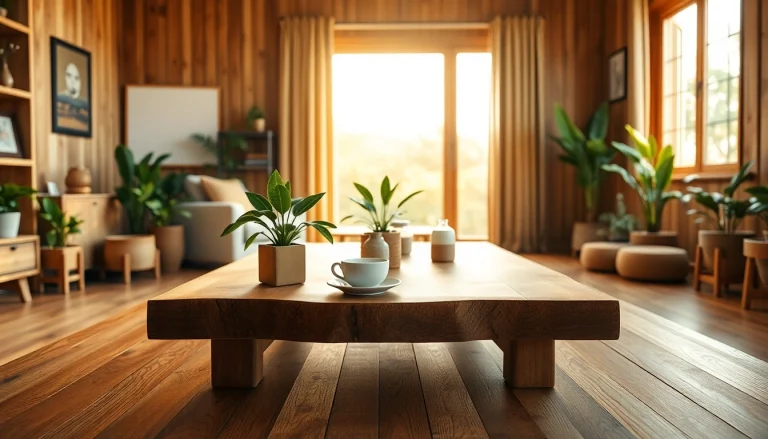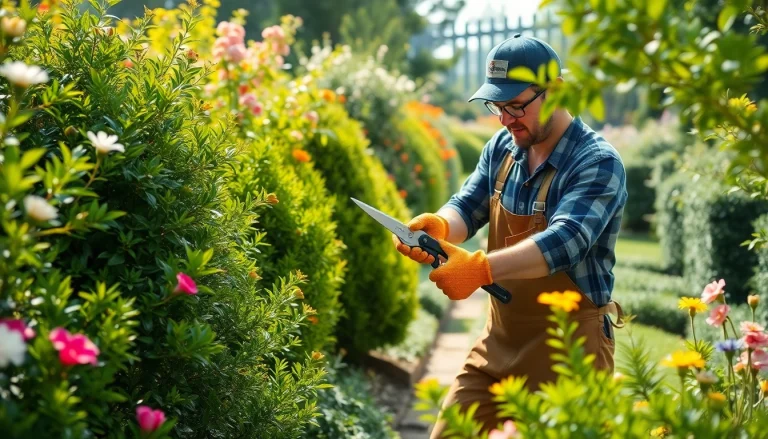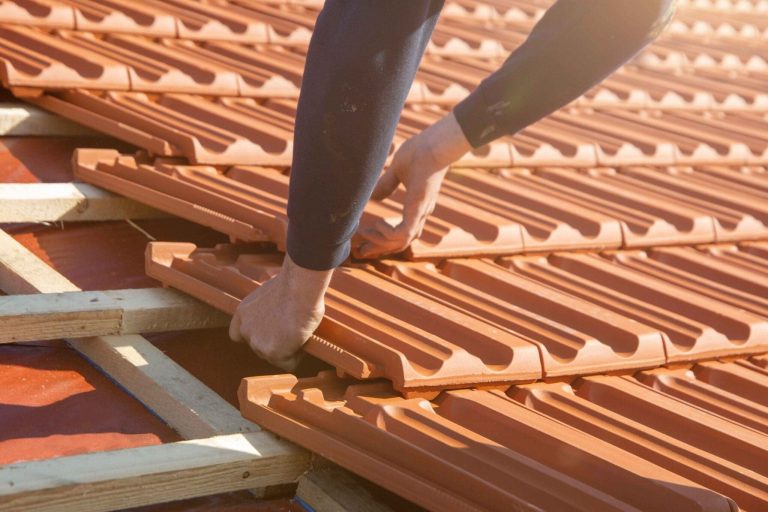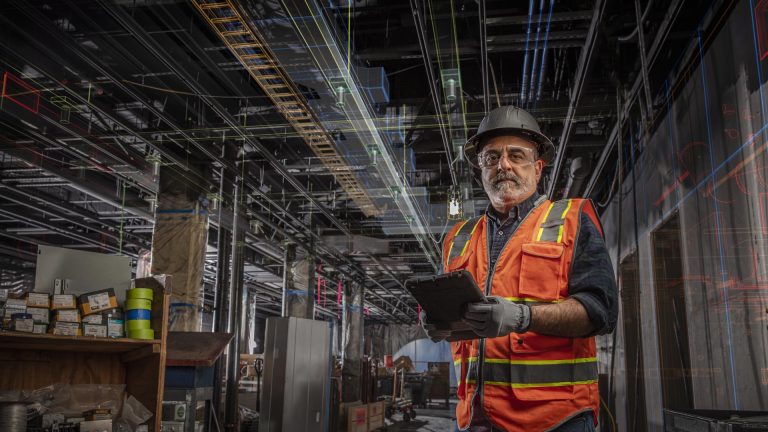
Introduction to Sliding Partition Walls
In modern architectural design, maximizing space and versatility is paramount, especially in residential and commercial environments. One effective solution that has gained popularity is the sliding partition wall. This innovative wall system distinguishes itself by offering flexibility in space management, allowing the user to create various layouts without permanent modifications. In this comprehensive guide, we’ll delve into the intricacies of sliding partition walls, exploring their features, benefits, and installation processes, alongside design inspiration and maintenance tips.
What is a Sliding Partition Wall?
A sliding partition wall is a movable wall system designed to divide interior spaces seamlessly. Unlike traditional fixed walls, these partitions can easily be opened or closed, allowing for dynamic reconfiguration of rooms. Available in various materials and designs, sliding partitions can fit a variety of aesthetics—from modern minimalism to classic elegance—making them ideal for diverse applications such as offices, homes, hotels, and restaurants.
Benefits of Using Sliding Partition Walls
Sliding partition walls offer several benefits that make them a preferred choice for space management:
- Flexibility: Easily modify spaces for different activities, accommodating both large gatherings and intimate meetings.
- Space Optimization: By allowing a room to be reconfigured quickly, sliding partitions help to make the most out of available square footage.
- Aesthetic Variety: Available in various styles and finishes, they support the overall design theme of the interior.
- Cost-Effective: Avoid the costs associated with remodeling or constructing new walls by utilizing sliding partitions instead.
- Noise Reduction: Quality partition systems can offer soundproofing features, ensuring privacy in shared spaces.
Ideal Spaces for Sliding Partition Walls
Sliding partition walls can be utilized effectively in numerous environments:
- Offices: Create flexible workspaces that can accommodate teams of varying sizes, boosting collaboration and productivity.
- Residential Homes: Separate living spaces for open-concept homes, allowing for easy transitions from one environment to another.
- Restaurants: Facilitate event hosting by creating private dining areas as needed.
- Schools: Enable multipurpose rooms that can transform quickly for various classes and activities.
Types of Sliding Partition Walls
Movable Wall Panels vs Traditional Walls
When comparing movable wall panels to traditional walls, several significant differences arise. Movable wall systems offer the capability to slide and stack, which traditional walls lack. This flexibility means organizations can easily adapt their environments based on requirements without incurring significant downtime or expenses. Unlike fixed walls, movable walls can facilitate temporary separations, providing versatility in space usage.
Materials Used in Sliding Partition Walls
Sliding partition walls are typically constructed from a variety of materials, each offering unique benefits:
- Wood: Provides a classic appeal and can be customized with finishes and designs.
- Glass: Creates an open, airy feel, allowing light to flow through while still providing separation.
- Fabric: Often used for soundproofing, fabric panels can be vibrant and textured, adding warmth to spaces.
- Metal: Offers durability and is often used in commercial settings where robustness and modern aesthetics are desired.
Custom Design Options for Your Sliding Partition Wall
One of the best aspects of sliding partition walls is the availability of customization options. Homeowners and business owners can work with designers to create walls tailored to individual preferences. Options include:
- Sizing: Adjustable dimensions to perfectly fit the specified space.
- Finishes: From paint to veneer, the choice of surface can align with existing decor.
- Configuration: Multi-panel designs can create unique layouts tailored to specific needs.
Installation Process for Sliding Partition Walls
DIY vs Professional Installation
Installing sliding partition walls can be a DIY project or managed by professionals, depending on the complexity. Simple systems may only require basic tools and skills, while more intricate designs, especially those involving heavy materials like glass, are best left to specialists. Evaluating your skill level and the design complexity is essential for a successful installation.
Tools and Materials Needed for Installation
An installation typically requires:
- Measuring tape
- Level
- Drill and bits
- Brackets and mounting hardware
- Additional tools based on the specific installation requirements
Common Challenges and Solutions During Installation
Some common challenges during the installation process include:
- Uneven Floors: Utilize adjustable track brackets to compensate for discrepancies.
- Weight Distribution: Ensure that the wall panels are adequately supported to prevent sagging.
- Alignment Issues: Use a level during mounting to guarantee proper alignment.
Design Ideas for Sliding Partition Walls
Incorporating Colors and Textures
When designing sliding partitions, consider how colors and textures can harmonize with your space. Bold colors may serve as focal points, while neutral tones can help to blend partitions with existing décor. Textured finishes like wood grain or fabric can add depth and interest, subtlety improving the room’s feel without overwhelming it.
Innovative Configurations for Multi-functional Spaces
Utilize sliding partition walls to create multi-functional areas that can easily transform from one use to another. For example, a conference room could also be a training space or event venue with the simple slide of a wall. Configurations can include:
- Hive setups with multiple panels to create semi-enclosed areas.
- Open layouts with center-placed panels that can segment spaces while keeping a sense of connection.
Creating Privacy with Sliding Partition Walls
To enhance privacy, particularly in settings like offices or homes, consider options such as opaque materials or soundproofing features. These design elements ensure that sliding partitions serve their functional purpose without compromising comfort or confidentiality.
Maintenance and Care for Sliding Partition Walls
Regular Maintenance Tips
To keep sliding partition walls in optimal condition, regular maintenance is essential. Periodically check the following:
- Hardware Integrity: Ensure screws and tracks are tight and secure.
- Sliding Mechanism: Lubricate rollers or tracks to prevent sticking or jamming.
- Surface Care: Clean surfaces according to material specifications to preserve aesthetics.
How to Clean Your Sliding Partition Wall
Cleaning sliding partition walls varies by material:
- Wood: Dust regularly and use wood-safe polish to maintain finish.
- Glass: Utilize glass cleaner and microfiber cloth for streak-free surfaces.
- Fabric: Vacuum regularly and treat stains promptly to maintain fabric integrity.
Signs You Need to Replace Your Sliding Partition Wall
Monitor for the following signs that may indicate it’s time to replace your sliding partition wall:
- Worn or damaged panels that cannot be repaired
- Persistent difficulty in sliding or operating mechanisms
- Visible gaps in material that reduce sound isolation
Conclusion
Sliding partition walls represent an innovative solution for transforming spaces with elegance and efficiency. By understanding the benefits, types, installation processes, and maintenance tips discussed in this article, individuals and businesses alike can make informed decisions about utilizing these versatile systems to improve their environments. Whether you’re looking to create adaptable office spaces, cozy home settings, or functional public areas, sliding partition walls are worth considering for their unique attributes and practical benefits.






